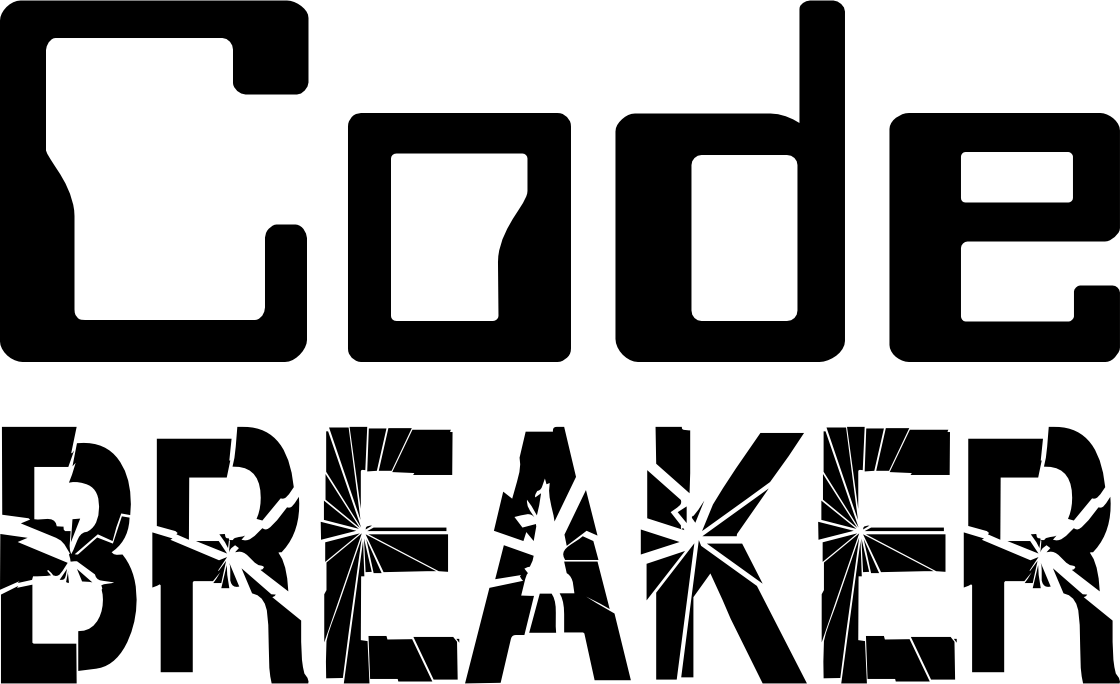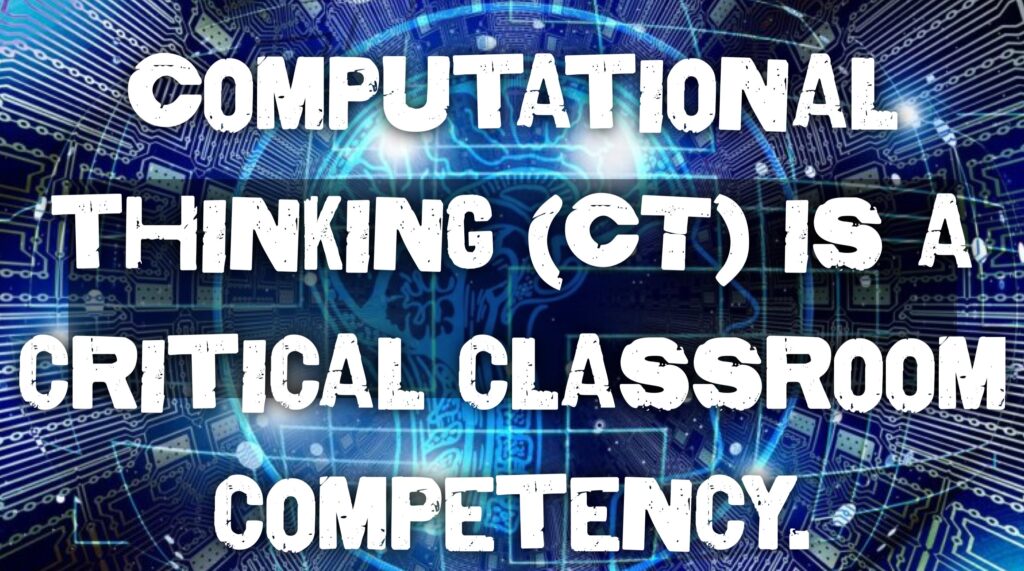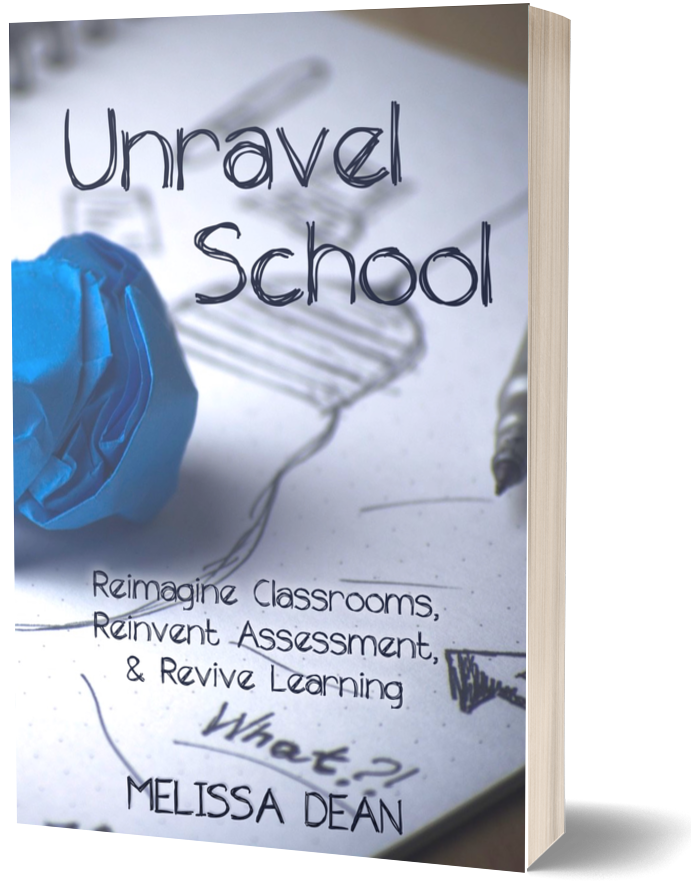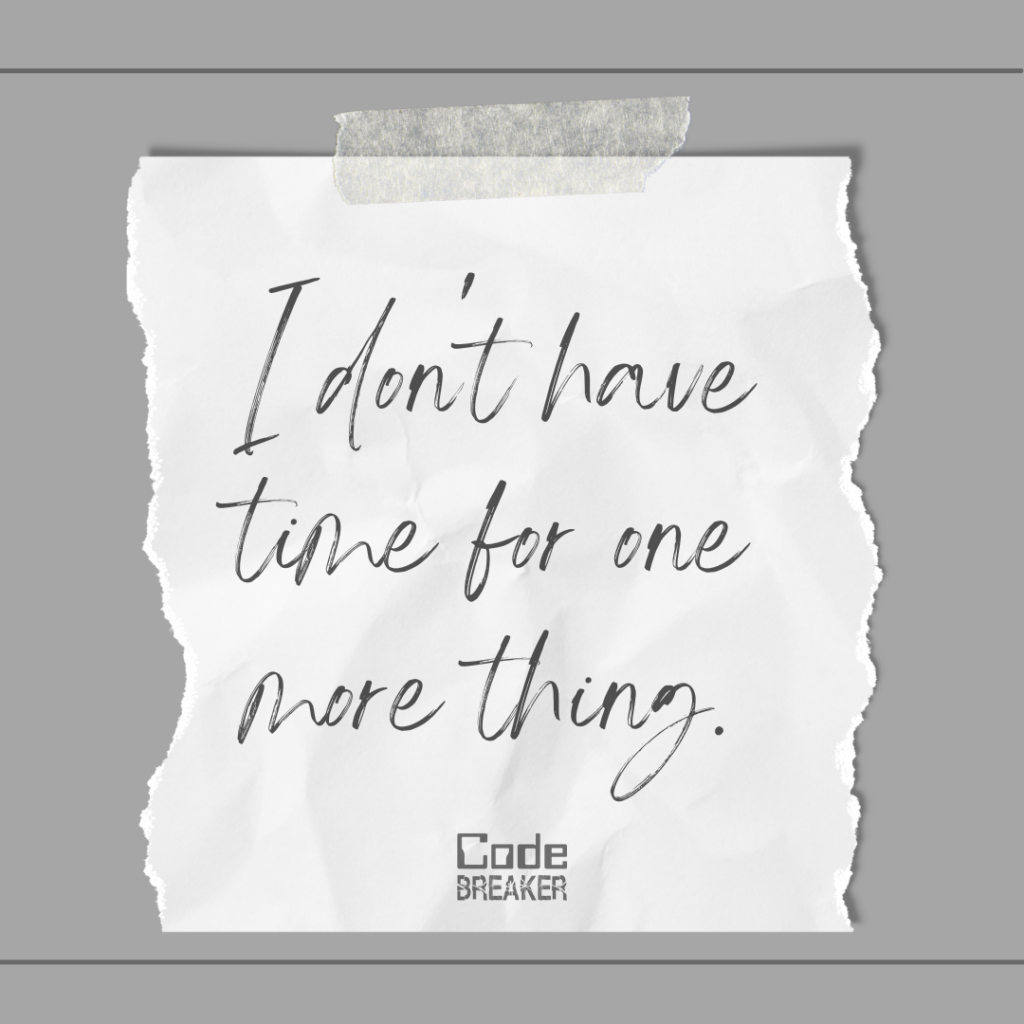
Code Breaker Guest Blog
by Beth Smith
“I don’t have time for one more thing.”
I remember thinking and saying those exact words when technology integration was brought up in our district years ago. So I played the game. I borrowed the district BeeBots, did fun activities in Seesaw, used various apps at the suggestion of others, let kids play games on the iPad, but none of that was TRUE integration. All the technology I “used” just provided stand alone events and did not represent true learning. Fun? Yes. Meaningful? No. Then COVID hit and thrusted me into integration.
Over the past three years, Seesaw has become part of our daily routine, so much so that we (my teaching partner and I) were asked to present at the Iowa Technology & Education Connection (ITEC) Conference this past November. While attending the conference, I sat in on many different sessions listening to speaker after speaker talking about coding and how to use it in the classroom and once again I found myself saying “I don’t have time for one more thing!” Then a group of teachers from Northeast Iowa said, “Think about those ‘down’ times in your school year, for example before break or end of the trimester.” I left them and went to see Daphne McMenemy and listened to her story about Gracie. I immediately went to DiscoverGracie.com and looked for resources – the end of trimester 1 was coming up after all and I would have some “down” time. A week later I was teaching my first three coding lessons that I found on DiscoverGracie.com that required no technology at that point. I was unsure of how my kindergarten students would take to this new learning and how much support they would need, as I was learning along with them! They took to it like ducks to water. I was blown away. My kids who typically sit quietly and passive were more actively engaged than I have ever seen before. The kids who have been targeted for intervention outshined some of their peers and my kids supported by our talented and gifted (TAG) teachers found frustration and had to learn about flexible thinking. To “see” their brains thinking and become active participants in their learning reignited my passion for teaching.
I am once again overly excited to come to work and see what my students will learn today through the lens of coding. So where are we now after those three no-tech lessons? We have 6 blank BeeBot coding mats, 2 letter mats, 2 math mats, 10 BeeBots (checked out from the district) and 1 TuffBot. We are not just learning to code, we are coding to learn. We are using code to learn about shapes, sight words, letter sounds, letter names, and cooperative games. Learning to code and coding to learn has enhanced our learning, AND this is only 1 month in….I cannot wait to see where we are in another month, at the end of the year, and where I will be next year as an educator!
.
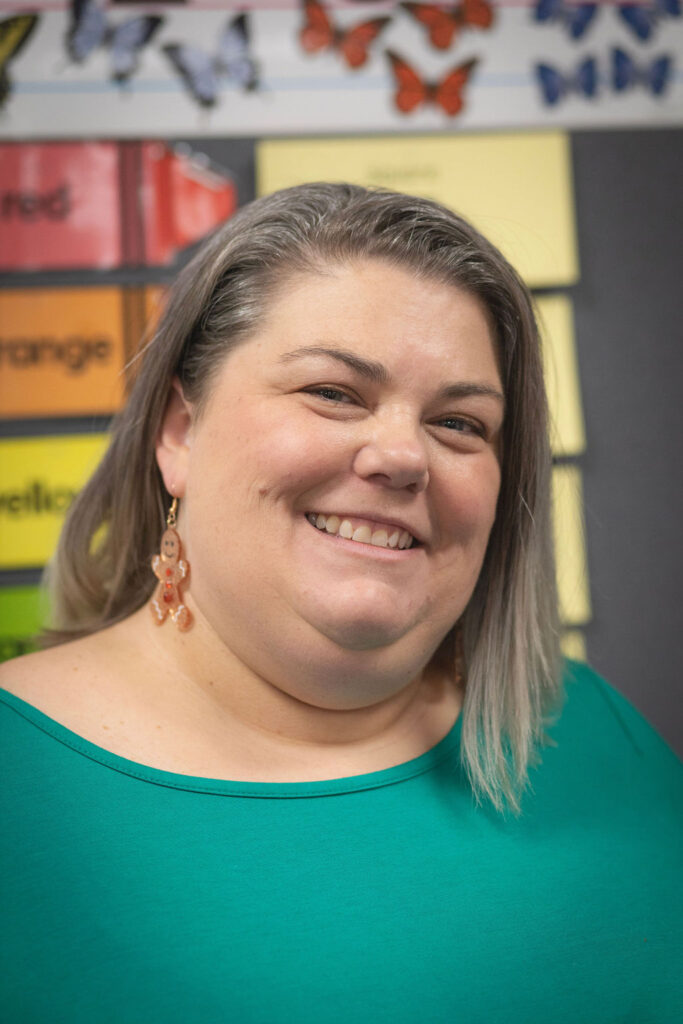
Beth Smith is a kindergarten teacher for the Lewis Central Community School District in Council Bluffs, Iowa. She is in her seventeenth year as an employee with Lewis Central and her thirtieth year attending, as it is also her alma mater. Beth holds a Bachelor of Science in Early Childhood Education and reading endorsement from Iowa State University and a Master’s Degree in Curriculum and Instruction from Doane University. She was the recipient of the H.H. “Red” and Ruth H. Nelson Excellence in Teaching Award in 2012. Beth is always looking for ways to maximize her instruction in ways that best engages the learners in her class.
